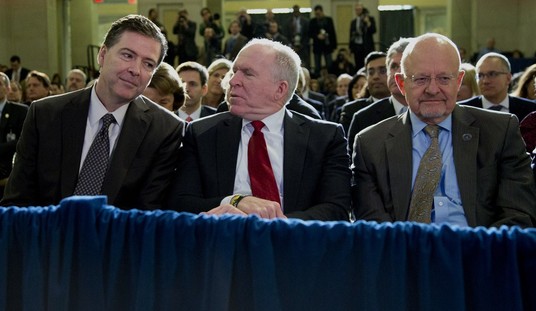
From Andrew Metrick at warontherocks.com:
Revolutionary technologies, such as the machine gun, aircraft carrier, and stealth, are characterized by large increases in performance per unit cost – gains so great they shift established paradigms. Yet, their revolutionary characteristics are ultimately transitory. The hard truth is that stealth, the cornerstone of American airpower, has entered the evolutionary phase of its development. Evolutionary technologies, which revolutionary technologies eventually become, are characterized by small increases in performance per unit cost. (For more, see Michael Horowitz’s The Diffusion of Military Power and Clayton Christensen’s The Innovator’s Dilemma). In fact, evolutionary technologies demonstrate diminishing returns along the investment curve. In the case of stealth, the initial generation of aircraft represented a massive performance increase over existing, non-stealth platforms. However, as the technology matured, continued investment began to see decreasing performance gains and therefore advantage per unit cost.
This declining return on investment is accelerated by the emergence of anti-access/area-denial (A2/AD) networks creating lethal, sensor-fused operating environments that dramatically raise the threat faced by aircraft.
There’s an age-old technological battle between thicker armor and more powerful weapons to defeat it — and eventually the more powerful weapons always get the upper hand. Think of European knights of the Middle Ages. Armor kept getting thicker and more cumbersome, until the knights could barely move or effectively wield their increasingly massive swords. They required teams to get them into their armor and mounted on their massive Clydesdale horses. Then the crossbow came along, which most anyone could use, and obviated nearly all of it.
At that point, mobility became the prime battlefield advantage, and steel armor was lightened and reduced to cover just the head, chest, and back.
Something similar has happened to the Main Battle Tank (MBT) which evolved after the Light and Heavy and Really Super Heavy tanks of WWII. The ultimate MBT is arguably the United States Army’s M1-A3 Abrams, an evolution of 1979’s M1. The thing is massive, weighing in at over 70 tons, and there’s really no practical way to make it any bigger or give it any thicker or more effective armor. The things are so expensive we’ve only built 9,000 of all M1 varieties in the last 30 years, compared to almost 50,000 M4 Shermans we built during the three-and-a-half years we fought in WWII.
The tank as we knew it — the ultimate armor-vs-armor weapon — is at an evolutionary dead end, and improving man-portable antitank weapons will bring its ultimate survivability into question. What keeps it relevant on today’s battlefield is computer network enhancements, making the tank into almost a mere cog in the information-aware battlespace of the 21st Century.
But please note that the Army hasn’t done any truly serious work on replacing the M1. It’s just that good — and at just that much of a dead end. It’s about as up-armored as anything can get and still move, and so most future enhancements will be further networking improvements. When/if the Abrams does meet its replacement, that new tank is likely to be smaller and lighter, instead of larger and heavier. The next tank, if we build it, will probably serve as the manned, networked hub of even smaller robotic weapon systems, which might use AI to control their own miniature drones, for a near-perfect picture of the battlespace, and the ability to direct lethal firepower on it almost instantly — all with little risk to our soldiers.
Something similar is happening in the skies to fighters and bombers. As I wrote here previously, stealth is like “safety” in the automobile business — it’s a feature that must be baked in by the manufacturer right from the concept stage, or there’s no market for the product. Within a human generation or two, every fighter and bomber built, even by technological laggards like China, will enjoy a serious degree of stealth. And every detection system built will, although perhaps with some struggle, be able to defeat it. Stealth is the armor, detection is the warhead — and it’s a battle stealth must ultimately lose.
So what’s the solution for future jets and bombers needing to reach their targets? I think the answer will be much the same as it was after the introduction of the crossbow: Mobility.
For air forces, that means an initial strike capability of hypersonic missiles, or more accurately kinetic kill vehicles, capable of overwhelming enemy detection systems with little or no warning. Only then would stealthy jets be sent in to do their work, although its likely that the “sixth generation” aircraft designs will be completely (or perhaps just optionally) unmanned. Initial studies of a potential “B-3” bomber indicate the Air Force will compromise on smaller size, lighter payload, longer reach — and a cockpit where the human pilot might never have enter.
Stealth isn’t going away, and it isn’t even really in decline. But it will eventually take a backseat to newer ways of protecting our Air Force and keeping it lethal.
UPDATE: It took until after my third cup of coffee to realize that exothermic hypervelocity kinetic kill vehicles should be thought of, and eventually given the official name, “Wild Weasels from Outer Space!”
Which would also make an excellent name for a totally ironic New Wave revival band.
******










Join the conversation as a VIP Member